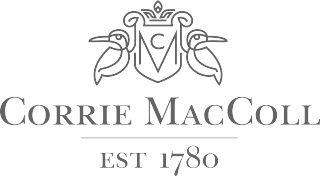Top 7 Applications of Nitrile Butadiene Rubber in Automotive and Industrial Sectors with 30% Market Growth
Nitrile Butadiene Rubber (NBR), known for its excellent resistance to oil, fuels, and chemicals, has emerged as a key material in both automotive and industrial applications. As industries continue to evolve and develop new technologies, the demand for NBR has surged, leading to a significant market growth projected at 30%. This growth underscores the pivotal role that Nitrile Butadiene Rubber plays in enhancing efficiency, safety, and sustainability across various sectors.
In this article, we will explore the top seven applications of Nitrile Butadiene Rubber, highlighting its versatility and effectiveness within the automotive industry and other industrial domains. From gaskets and seals to hoses and tires, NBR is essential in ensuring that critical components withstand the rigors of operation. Moreover, the growing emphasis on sustainability and innovation means that the demand for Nitrile Butadiene Rubber is likely to continue its upward trajectory, making it a material of choice for future advancements. Join us as we delve deeper into the applications, benefits, and market dynamics of Nitrile Butadiene Rubber in today's fast-paced manufacturing landscape.
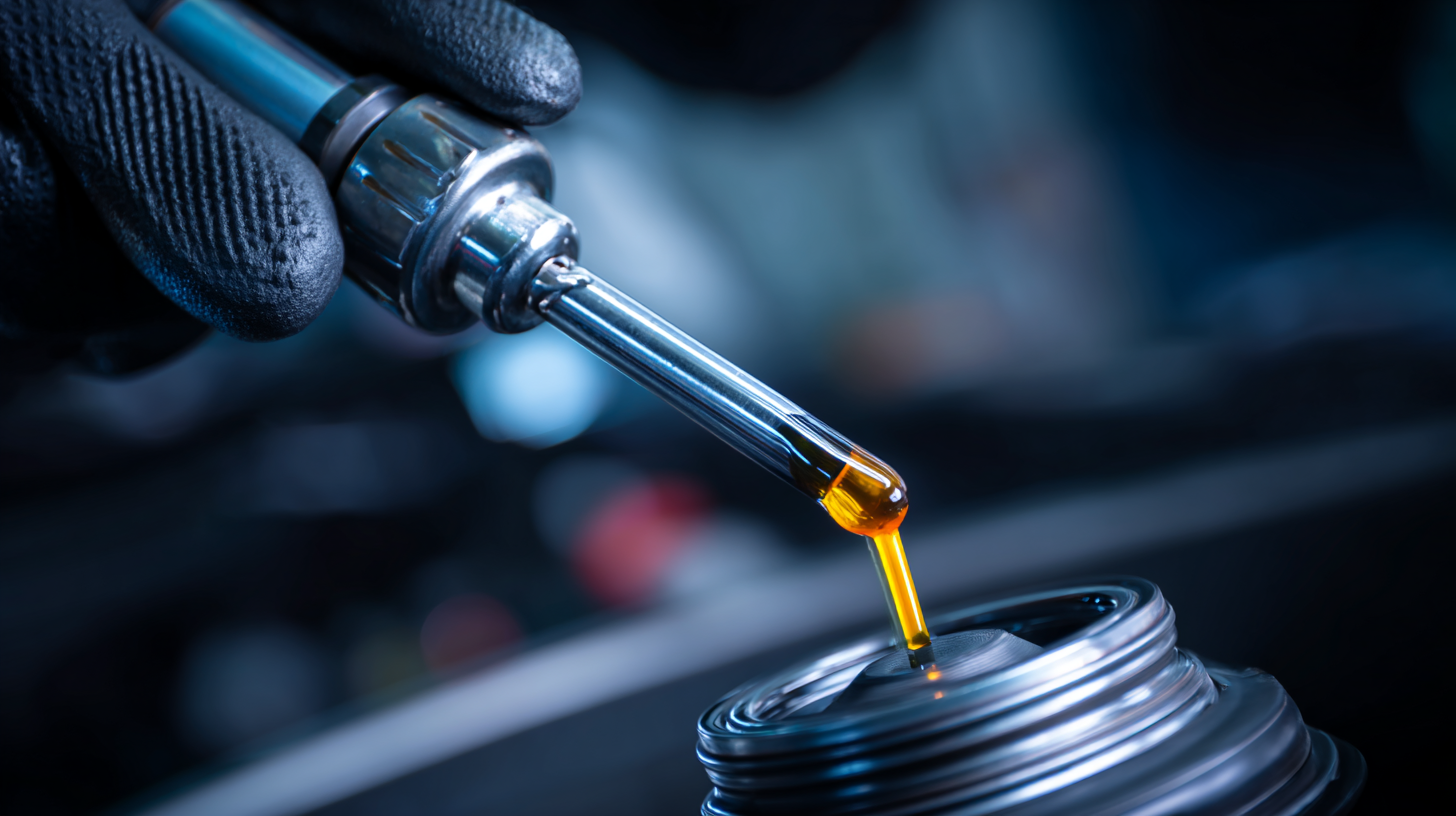
Applications of Nitrile Butadiene Rubber in Automotive Seals and Gaskets
Nitrile Butadiene Rubber (NBR) plays a crucial role in the automotive industry, particularly in the production of seals and gaskets. These components are essential for ensuring optimal performance and longevity of vehicles by preventing leaks and maintaining system integrity. NBR's exceptional resistance to oils, fuels, and chemicals makes it an ideal choice for automotive applications. As the automotive sector continues to evolve with more advanced technologies and sustainability in mind, the demand for high-performance sealing solutions will likely increase.
**Tips:** When selecting NBR for automotive seals and gaskets, consider the specific operating conditions such as temperature and chemical exposure. Additionally, ensure that the NBR formulation meets relevant industry standards for quality and durability.
In industrial applications, NBR's versatility extends beyond automotive uses. It is widely employed in areas such as manufacturing, healthcare, and food processing due to its reliability and performance. The growth projection of the NBR market reflects a broader trend of increasing reliance on high-quality synthetic materials in various sectors. Keeping an eye on market trends and new formulations can help businesses make informed decisions about their material choices moving forward.
**Tips:** Regularly review NBR product specifications to stay updated on innovations that could enhance performance. Collaborating with suppliers who provide tailored solutions can also lead to operational efficiencies.
Applications of Nitrile Butadiene Rubber in Automotive and Industrial Sectors
Benefits of Nitrile Butadiene Rubber in Fuel and Oil Resistant Components
Nitrile Butadiene Rubber (NBR) has emerged as a crucial material in the automotive and industrial sectors, particularly due to its superior resistance to fuels and oils. According to a report from MarketsandMarkets, the NBR market is projected to grow at a compound annual growth rate (CAGR) of 30% between 2023 and 2028. This growth is largely driven by the increasing demand for durable, performance-based materials in components such as seals, gaskets, and hoses, which are essential for optimal vehicle operation and longevity.
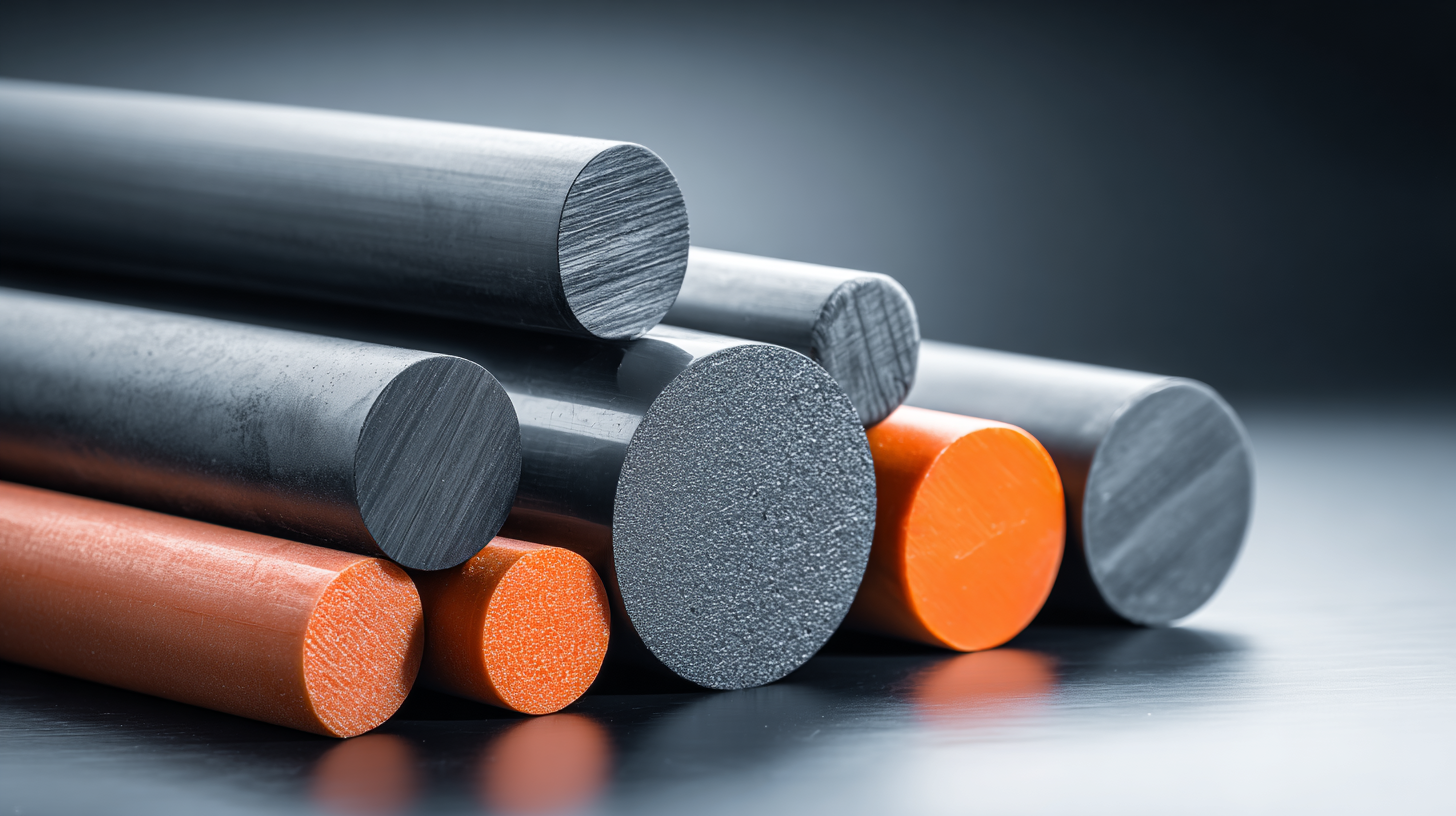
One of the key benefits of NBR is its excellent resistance to petroleum-based fluids and fuels. In automotive applications, NBR is often used in fuel hoses and gaskets where exposure to oil and fuel is a significant concern. A study published in the Journal of Applied Polymer Science noted that NBR blends can maintain their mechanical properties even when subjected to harsh oil environments, thus ensuring reliability and safety in automotive design. This resilience not only enhances performance but also reduces the frequency of maintenance and replacements, further solidifying NBR’s position as a preferred material in industries seeking cost-effective, durable solutions.
Role of Nitrile Butadiene Rubber in Tire Manufacturing and Performance
Nitrile Butadiene Rubber (NBR) plays a pivotal role in tire manufacturing, particularly due to its excellent resistance to abrasion, heat, and oil. These properties make NBR an ideal material for the production of tires that can withstand the rigors of daily use, enhancing durability and performance. In the automotive sector, tires made from NBR can maintain their integrity under high-stress conditions, providing both safety and longevity for consumers.
Moreover, the incorporation of NBR in tire compounds improves traction and handling. Its unique formulation allows for better grip on various surfaces, which is crucial for both performance vehicles and everyday cars. The rising demand for high-performance tires in the automotive market is propelling the growth of NBR, as manufacturers seek materials that not only enhance tire performance but also adhere to stringent environmental regulations. As innovation continues in tire technology, the role of NBR will likely expand, making it an indispensable component in the automotive industry.

Nitrile Butadiene Rubber's Contribution to Industrial Machinery Parts
Nitrile Butadiene Rubber (NBR) plays a pivotal role in the manufacturing of industrial machinery parts, thanks to its excellent mechanical properties, resistance to oils, and durability under varying temperatures. This synthetic rubber is extensively used in seals, gaskets, and O-rings, which are crucial components in hydraulic systems and automotive machinery. The ongoing advancements in NBR technology are leading to the development of enhanced formulations, which include low-cost Zinc Oxide incorporated variants that can function efficiently as relative humidity monitoring sensors. This innovation highlights not only improved performance but also cost-effectiveness in industrial applications.
As the demand for specialized rubber materials increases, particularly in high-pressure environments, the performance characteristics of NBR are being further optimized through processes such as cross-linking enhancement. For instance, studies have shown that the addition of agents like 4-aminopyridine can significantly increase tensile strength, making NBR even more suitable for demanding industrial applications.
Tips: When selecting NBR for industrial uses, consider the specific requirements of your application, including temperature resistance and chemical exposure. Additionally, keeping abreast of innovations in NBR formulations can help in making more effective choices for machinery durability and performance.
Trends Driving Market Growth for Nitrile Butadiene Rubber in Various Industries
The global market for Nitrile Butadiene Rubber (NBR) is experiencing significant growth, driven by various trends across automotive and industrial sectors. With an anticipated market value of USD 1.45 billion by 2034 and a compound annual growth rate (CAGR) of 4.70%, the applications of NBR are diversifying. The increasing demand for fuel-efficient, durable, and cost-effective materials is leading industries to adopt NBR for applications such as tire production, gaskets, seals, and hoses where high resilience and performance are crucial.
Sustainability is another major trend driving the growth of the NBR market. As industries become more environmentally conscious, the demand for recycled elastomers is rising, further emphasizing the need for materials that not only perform well but also reduce ecological footprints. Additionally, advancements in manufacturing technologies are enhancing the quality and functionality of NBR, positioning it as a vital component in various applications. These trends highlight the evolving landscape of the NBR market, showcasing its critical role in meeting the demands of modern industries and consumer preferences.
Related Posts
-

Best Nitrile Butadiene Rubber Performance Comparison Against Alternative Compounds
-

Exploring Innovative Alternatives to Polyisoprene Rubber in Modern Manufacturing
-
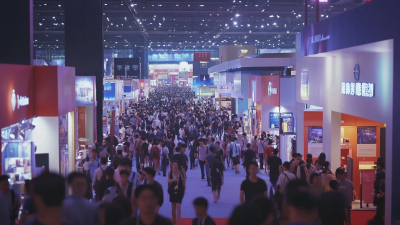
Exploring the Impact of Laser Cutting Rubber Technology at the 137th Canton Fair in Guangzhou
-

How to Optimize Your Manufacturing Process with Molding Rubber
-

Mastering Ultrasonic Welding Rubber: A Step-by-Step Guide for Beginners
-

Unlocking the Potential of Butyl Rubber for Global Suppliers
